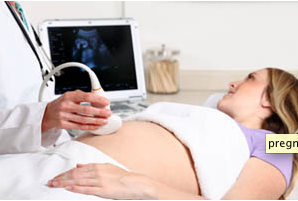The study was published Monday in the journal Health Affairs.
The research team analyzed 2009 data from more than 1,000 hospitals in 44 states, taking patient characteristics into account as well as hospitals’ size, teaching status and geographic location.
The study’s findings suggest that small and rural hospitals showed more variability in C-section rates compared to other hospitals. Teaching hospitals, however, showed less variation in overall C-section rates.
Despite concerns about overuse of cesarean deliveries, Kozhimannil cautioned that some of these surgeries will always be necessary and researchers should be careful not to make doctors too uncomfortable about performing a cesarean. “When you see variation in something, it could suggest overuse or either underuse. I think it’s important to look out for underuse as well,” Kozhimannil added. “Cesarean deliveries save lives and every woman who needs a cesarean delivery should have one.”
Though her study was unable to explain why the variation in cesarean deliveries exists, Kozhimannil is optimistic that future research — studies that analyze the financial and payment incentives in place for managing pregnancy care — may help answer the question.
“I think it is important to look beyond the woman and her characteristics and beyond the clinicians and their characteristics and really look at the system-level factors that are driving these variability and patterns in care,” she said.
The study makes four key recommendations:
- Better coordination among providers of maternity care to help reduce the need for C-sections
- Better data collection about C-sections
- Medicaid, which funds nearly half of all US births, should use its clout to help improve hospital obstetric practices
- New policies to empower patients to make decisions about their deliveries -- and to make data on the procedure more widely available.
“I think the fact that pregnant women cannot look up unbiased, easily available information on cesarean delivery rates in the hospitals from which they’re choosing is a problem that should be rectified,” Kozhimannil said.
